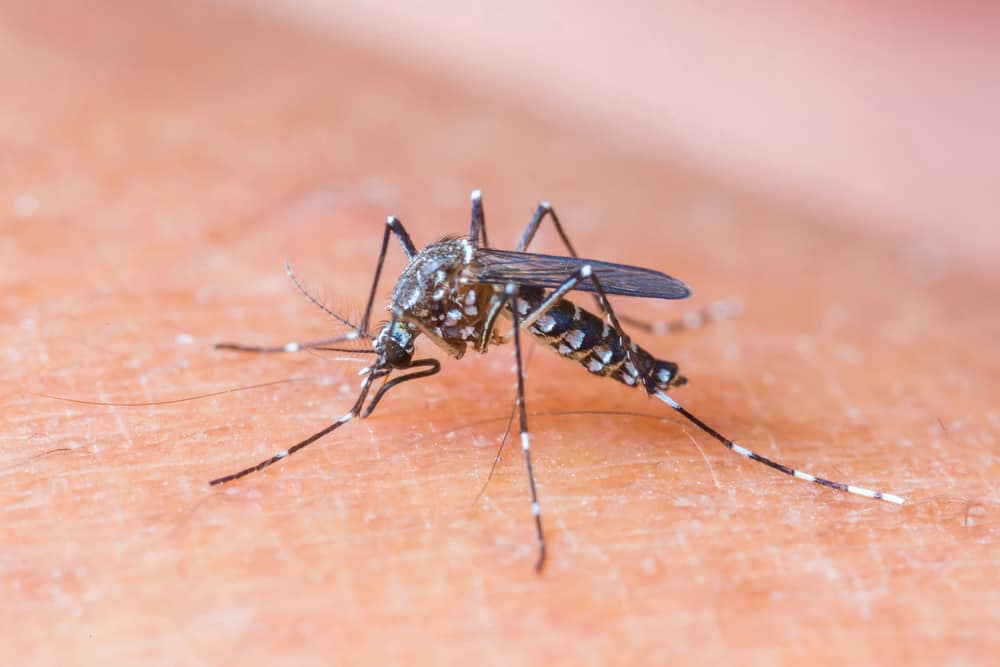Zika virus (ZIKV) is a member of the virus family Flaviviridae. It is spread by daytime-active Aedes mosquitoes, such as A. aegypti and A. albopictus. Its name comes from the Ziika Forest of Uganda, where the virus was first isolated in 1947. ZIKV is still closely related to dengue, yellow fever, Japanese encephalitis, and west nile viruses. The first largest case of ZIKV outbreak occurred on Yap Island and has increased until 2016 to almost the entire American continent. Furthermore, WHO has determined that there is a relationship between cases of microcephaly and several other neurological diseases caused by ZIKV infection, even if the viral infection can lead to abnormalities, fetal death, and disability.
ZIKV has genetic material in the form of positive-sense RNA (ssRNA (+)), which encodes both structural (E) and proteins non-structural (NS). When the mechanism occurs attachment, ZIKV virions use enveloped glycoproteins to interact with the Axl receptors and perform fusion on host cells, such as astrocytes or other types of nerve cells. It demonstrates the importance of viral glycoproteins as targets for the design of antiviral therapy drugs and vaccine candidates. Several antiviral drugs have been designed using an approach in silico to predict the accuracy of their activity against ZIKV infection. However, ZIKV vaccine has not been found, so it is necessary to develop a preventive vaccine against this viral infection.
Vaccines are designed based on a conserved region to get protection from viral infections multistrain. However, there is no explanation on the number of peptides for the vaccine because the results of previous studies only obtained a single peptide, which was predicted to be a vaccine candidate even though the identified conserved regions had a wide size. Besides, previous researchers have not explained the possibility that the peptide-binding energy of the vaccine candidate can be recognized by the B-cell receptor (BCR) as an epitope and has antigenicity to trigger a direct immune response.
The study aims to develop a selection method for vaccine candidate peptides through polyvalent areas conserved on ZIKV glycoproteins, prediction of B cell immunogenicity, and simulation of peptide molecular interactions with BCR and biological pathways of immune response mediated by these receptors. The conserved region of ZIKV glycoprotein has the potential used as a polyvalent vaccine because it has a high immunogenicity value, low similarity to human body cell surface receptors to minimize autoimmunity and initiate the activation of the B cell response through direct binding with BCR. However, further testing in the laboratory is needed to confirm the performance of the vaccine candidate peptide.
Author: Viol Dhea Kharisma, Alexander P. Nugraha Link: http://www.connectjournals.com/toc2.php?abstract=3180200H_2785A. pdf && bookmark = CJ-033216 && issue_id = Supp-01% 20 && yaer = 2020





